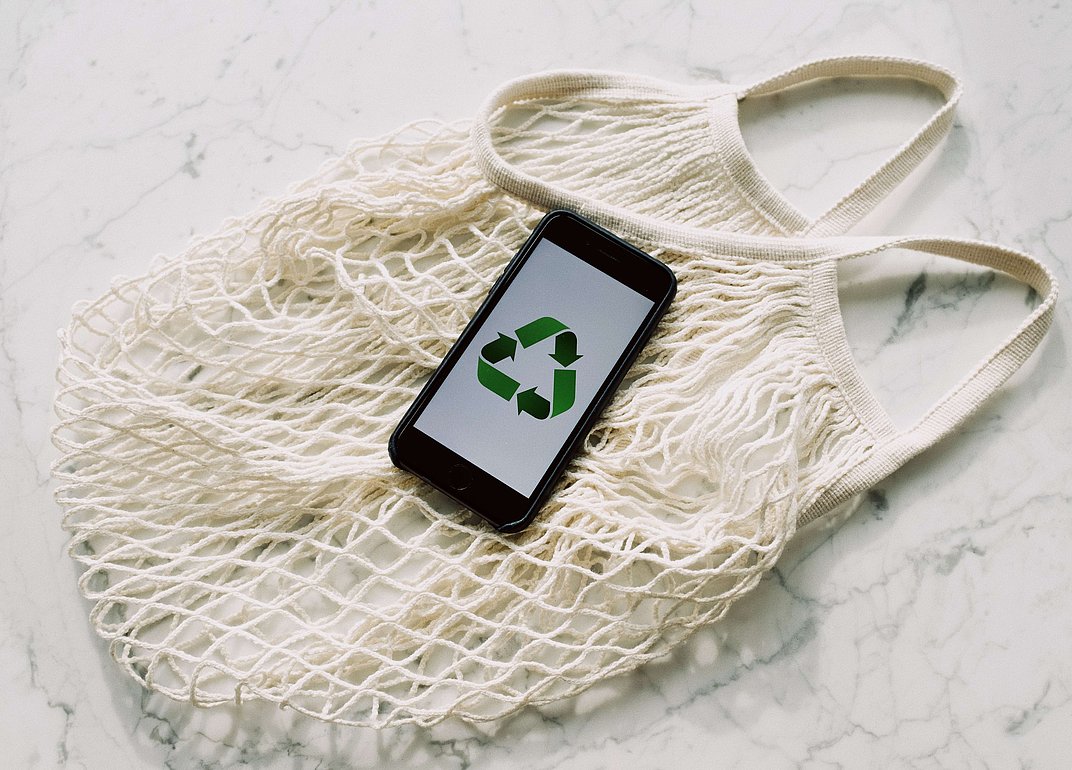
How To Go Green With Your Packaging
Solutions You Should Start Implementing
Globally, packaging has an enormous environmental impact. The industry’s growth is mainly powered by the surge in eCommerce fulfillment. As a business, flexible packaging is one of your best opportunities to go green and have a sizable positive impact on the environment. Given customers are increasingly choosing to buy from environmental-friendly companies, going green could benefit your bottom line.
Here are some solutions you could begin to implement that can make flexible packaging a valuable tool for your environmental conservation efforts.

1. Switch to recyclable, reusable, and renewable materials
Changing the flexible packaging materials you use is arguably the highest impact green-friendly shift you can make to your packaging process. Adopting renewable, recyclable, and reusable materials will substantially shrink your ecological footprint.
- Recyclable flexible packaging — This type of packaging can be deployed for other purposes or serve as input for a new product. Recyclable packaging is less likely to be found in landfills. It reduces resource extraction and minimizes energy consumption required for extraction and manufacturing. Think about the multi-recyclability of aluminum packaging — it can stay in your packaging cycle for a long. For paper-based packaging, shredding could be a means to create padding that replaces bubble wrap.
- Reusable flexible packaging — Reusable flexible packaging includes durable containers such as those made from aluminum or flexible plastics.
- Renewable, biodegradable, and non-toxic flexible packaging — This is the type of packaging that can be deployed for other purposes — it can be used to generate green energy, can decompose fairly fast upon disposal, and does not form toxic waste after decomposition.
Note that the three points above are not mutually exclusive. Flexible packaging can simultaneously be recyclable, reusable, and renewable.

2. Smaller, thinner flexible packaging
Most people have, at some point, bought a product whose packaging seems larger, thicker, or has more layers than is necessary. This problem is partly the result of retailers wanting to have standard-size boxes and wrappers to make their logistics easier. Think of efficiencies of containerization, albeit with much smaller containers. Sellers may also opt for thick packaging to protect the product during transit.
Such overkill inadvertently creates a bigger ecological footprint. Cardboard may be recyclable but the larger the cardboard box, the bigger its contribution to deforestation and greenhouse emissions. Switching to smaller, thinner flexible packaging will cut down waste.
In any case, smaller, thinner flexible packaging may cost less due to the reduced packaging and filler material needed. You could also enjoy significant savings based on the lower volume-based/weight-based freight rates.

3. Partner with incountry or local packaging/printing providers
Like most businesses, you are likely getting your flexible packaging and packaging printing done by a third-party company. As the wave of offshoring swept through North America and Western Europe beginning in the 1990s, it is no longer unusual for businesses to source packaging and packaging printing offshore. Usually, the primary reason is cost — flexible packaging and printing may be cheaper overseas.
But such long-distance procurement does not bode well for your ecological footprint. There are considerable carbon emissions involved when importing the product from overseas or, in the case of large countries like the US and Canada, moving it across the country. By opting for a local packaging and printing provider, you lower the pollution and reduce the time it takes for supplies to get to you

4. Print-on-demand
Adopt print-on-demand. That way, your business would order only the flexible packaging it requires. The result is minimal surplus packaging inventory, reduced extra costs, and less wastage. Print-on-demand also helps you avoid losses from unused packaging in case of changes in product ingredients, brand design, industry regulations, or an unexpected drop in demand.
While print-on-demand may not have been practical for high-order volume businesses in times past, advances in printing technology have made it possible. You can print on large numbers within a relatively short time.

5. Adopt eco-friendly flexo-gravure printing practices
Flexible packaging is not just a means of protecting a product in transit but presents an opportunity to advertise your business. In one survey, 83% of businesses considered that packaging had impacted brand success. Hence the tradition of packaging almost always incorporating the retailer’s branding. Your choice of package printing technique can be a means of cutting down your ecological footprint. And that does not have to mean moving to digital printing. Yes, digital printing generally produces less waste, uses less energy, and has a smaller environmental impact.
However, you can still achieve a greatly reduced carbon footprint with flexo-gravure printing by adopting eco-friendly best practices. The Environmental Protection Agency shares some practical tips on pollution prevention in this regard. These include reducing discharges, switching to cleaner inks, and adopting safer chemicals.
Wrapping up
There’s never been a time when the average consumer was as conscious about the environmental impact of their everyday activities as today. In a Nielsen survey, about half of the consumers indicated their willingness to change their consumption practices if that would help reduce environmental degradation.
Companies can make changes to their packaging not to merely appeal to the eco-conscious consumer but also to play their part in safeguarding the environment for future generations. The five aspects covered here can be a great place for businesses to start.
